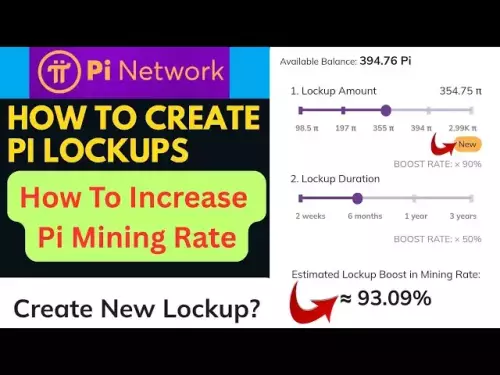-
 bitcoin
bitcoin $114779.865156 USD
2.30% -
 ethereum
ethereum $4226.519789 USD
2.39% -
 tether
tether $1.000545 USD
0.04% -
 xrp
xrp $2.890223 USD
0.92% -
 bnb
bnb $1030.029301 USD
2.95% -
 solana
solana $212.824944 USD
1.69% -
 usd-coin
usd-coin $0.999757 USD
0.01% -
 dogecoin
dogecoin $0.234961 USD
-0.27% -
 tron
tron $0.337174 USD
0.42% -
 cardano
cardano $0.804783 USD
0.09% -
 hyperliquid
hyperliquid $45.748770 USD
-2.85% -
 chainlink
chainlink $21.699170 USD
0.82% -
 ethena-usde
ethena-usde $1.001452 USD
0.08% -
 avalanche
avalanche $30.237800 USD
1.14% -
 stellar
stellar $0.372604 USD
1.52%
Is a pullback after a large-volume breakout above a previous high a buying opportunity?
A breakout with strong volume signals bullish momentum, while a pullback to retest former resistance can offer a strategic entry if supported by low selling pressure and institutional accumulation.
Sep 15, 2025 at 03:18 am
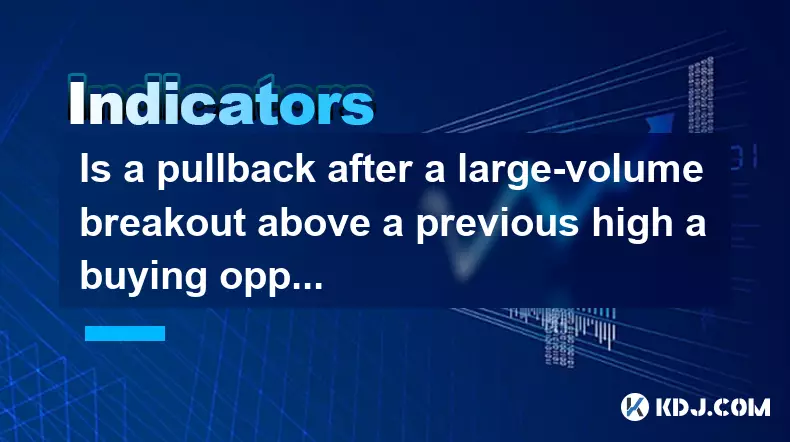
Understanding Breakouts and Pullbacks in Crypto Markets
1. A breakout above a previous high on substantial trading volume often signals strong bullish sentiment within the cryptocurrency market. When price surpasses a known resistance level with elevated volume, it reflects increased conviction from buyers pushing the asset into new territory.
2. However, after such a surge, prices frequently retreat slightly to retest the area of the former resistance—now expected to act as support. This movement is referred to as a pullback. It allows traders who missed the initial momentum to enter at a relatively better price.
3. The key factor determining whether a pullback presents a valid opportunity lies in how the market reacts near the breakout zone. If price holds above the broken resistance and demonstrates consolidation without reversing sharply, it strengthens the case for continuation.
4. Volume remains critical during this phase. A low-volume pullback suggests lack of selling pressure, increasing the probability that upward momentum may resume. Conversely, heavy volume on the downside could indicate distribution by early holders taking profits.
5. Traders often place stop-loss orders just below the breakout level to manage risk. This creates a natural floor where automated sell orders cluster, potentially reinforcing the support if tested.
Pullbacks Can Signal Accumulation Amid Strong Trends
1. In trending markets, especially in volatile sectors like cryptocurrencies, pullbacks are common and sometimes necessary. They allow short-term overbought conditions to correct while maintaining alignment with the broader directional bias.
2. Institutional accumulation often occurs during these phases. Whales and algorithmic traders may use pullbacks to build or add to positions without triggering further price spikes prematurely.
3. On-chain data can provide insight during these periods. For example, declining exchange reserves combined with rising wallet holdings may suggest that coins are being moved to cold storage—a sign of long-term holding rather than immediate selling intent.
4. Altcoins following Bitcoin’s lead often experience amplified pullback behavior. If BTC stabilizes after a rally, smaller assets may mirror the same retracement pattern before resuming their climb.
5. Technical indicators such as moving averages (e.g., 20-day or 50-day EMA) often serve as dynamic support levels during uptrends. A pullback finding support at these zones enhances confidence in the trade setup.
Risks and False Signals in Post-Breakout Scenarios
1. Not every breakout leads to sustained gains. Some are traps designed to lure retail traders into buying at the top before larger players exit their positions. These are commonly called 'bull traps.'
2. A failure to hold the breakout level—where price drops back below the prior resistance-turned-support—invalidates the bullish structure. This reversal can trigger cascading liquidations in leveraged long positions.
3. High volatility in crypto markets increases slippage risks during fast-moving breakouts and subsequent pullbacks. Market orders may execute at significantly worse prices than anticipated.
4. News-driven breakouts pose additional uncertainty. An announcement may spark a rapid rise, but once the event passes, interest fades quickly, leading to sharp reversals regardless of technical structure.
5. Overreliance on historical patterns without considering macro conditions—such as regulatory developments or global liquidity shifts—can result in poor timing even when technical setups appear favorable.
Frequently Asked Questions
What defines a healthy pullback after a breakout?A healthy pullback typically retraces between 38% and 62% of the initial breakout move, remains above the original resistance level, and shows diminishing volume compared to the breakout itself. Price should not close significantly below key moving averages.
How can on-chain metrics help assess a pullback's strength?Metrics like Net Unrealized Profit/Loss (NUPL), exchange outflows, and entity-adjusted dormancy flow can indicate whether holders are accumulating or distributing. Sustained outflows from exchanges during a pullback suggest confidence among long-term investors.
Should leverage be used when entering on a pullback?Leverage increases both potential reward and risk. Given the inherent volatility of crypto assets, using high leverage during pullbacks—especially around major psychological levels—can lead to premature liquidation even if the overall thesis proves correct.
Can chart patterns improve pullback entry accuracy?Yes. Patterns such as flags, pennants, or ascending triangles forming during the pullback phase often precede continuation moves. Confirmation comes when price breaks out of the consolidation pattern on rising volume.
Disclaimer:info@kdj.com
The information provided is not trading advice. kdj.com does not assume any responsibility for any investments made based on the information provided in this article. Cryptocurrencies are highly volatile and it is highly recommended that you invest with caution after thorough research!
If you believe that the content used on this website infringes your copyright, please contact us immediately (info@kdj.com) and we will delete it promptly.
- AI Training's Energy Crisis: Can Decentralization with Greg Osuri Offer a Solution?
- 2025-09-30 20:45:14
- Prenetics, Danny Yeung, and Token 2049: A Bold Bitcoin Strategy
- 2025-09-30 20:45:14
- ChatGPT, Bitcoin, and $HYPER: Riding the Crypto Wave
- 2025-09-30 16:25:14
- Mutuum Finance (MUTM): Riding the DeFi Wave with Crypto Price Prediction
- 2025-09-30 16:25:14
- XRP ETF Approval Odds Soar: Analyst Predicts $33 Price Surge!
- 2025-09-30 16:30:01
- Keel, Solana, and Sky Stablecoin: Fueling the Future of DeFi
- 2025-09-30 16:45:13
Related knowledge
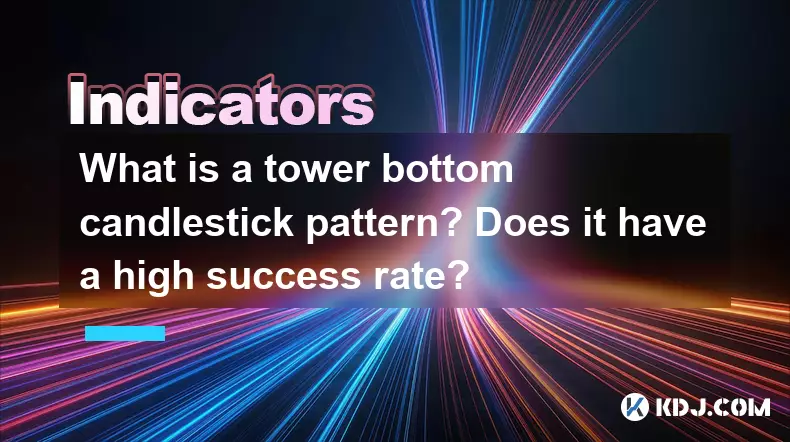
What is a tower bottom candlestick pattern? Does it have a high success rate?
Sep 22,2025 at 07:18am
Tower Bottom Candlestick Pattern Explained1. The tower bottom candlestick pattern is a reversal formation that typically appears at the end of a downt...
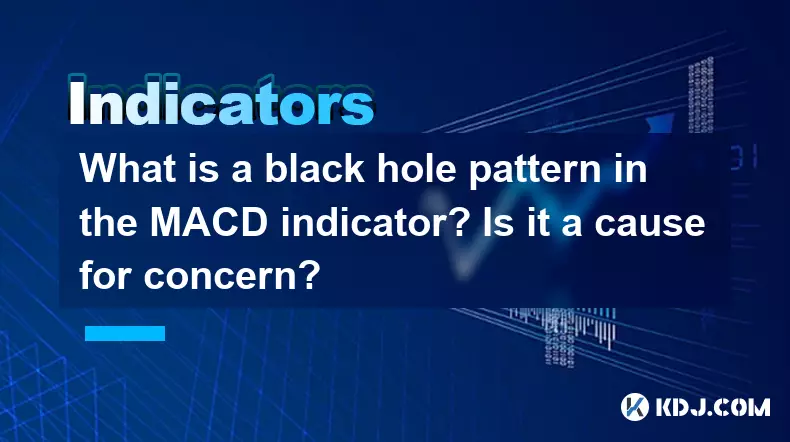
What is a black hole pattern in the MACD indicator? Is it a cause for concern?
Sep 21,2025 at 06:54pm
Bitcoin's Role in Decentralized Finance1. Bitcoin remains the cornerstone of decentralized finance, serving as a benchmark for value and security acro...

How can I use the psychological line (PSY) to determine market sentiment?
Sep 17,2025 at 02:19pm
Understanding the Psychological Line (PSY) in Cryptocurrency TradingThe Psychological Line, commonly referred to as PSY, is a momentum oscillator used...
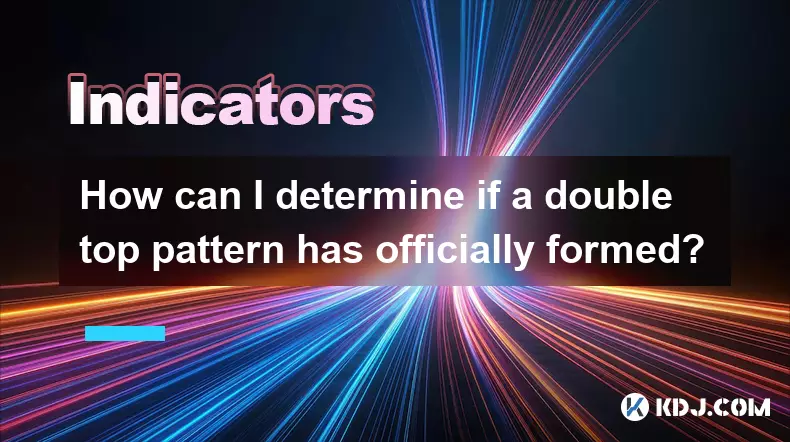
How can I determine if a double top pattern has officially formed?
Sep 21,2025 at 03:18am
Understanding the Structure of a Double Top Pattern1. A double top pattern consists of two distinct peaks that reach approximately the same price leve...
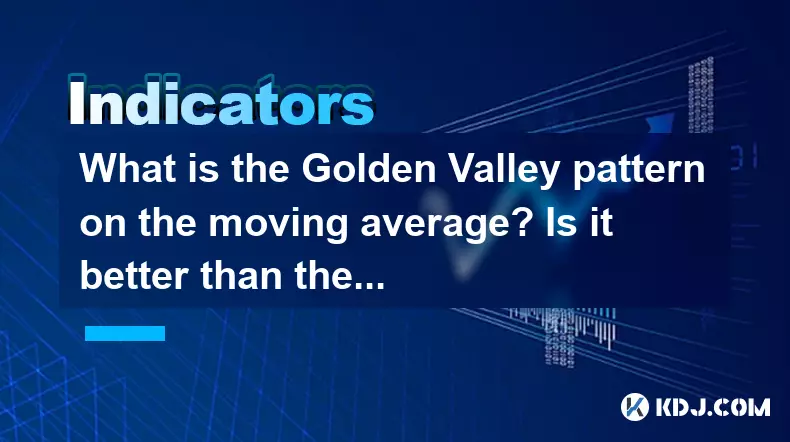
What is the Golden Valley pattern on the moving average? Is it better than the Silver Valley pattern?
Sep 21,2025 at 02:54pm
Understanding the Golden Valley Pattern in Moving Averages1. The Golden Valley pattern is a technical formation observed in cryptocurrency price chart...

What does a death cross of the RSI in the strong zone (above 50) mean?
Sep 17,2025 at 10:54pm
Understanding the Death Cross in RSI Context1. The term 'death cross' is traditionally associated with moving averages, where a short-term average cro...

What is a tower bottom candlestick pattern? Does it have a high success rate?
Sep 22,2025 at 07:18am
Tower Bottom Candlestick Pattern Explained1. The tower bottom candlestick pattern is a reversal formation that typically appears at the end of a downt...

What is a black hole pattern in the MACD indicator? Is it a cause for concern?
Sep 21,2025 at 06:54pm
Bitcoin's Role in Decentralized Finance1. Bitcoin remains the cornerstone of decentralized finance, serving as a benchmark for value and security acro...

How can I use the psychological line (PSY) to determine market sentiment?
Sep 17,2025 at 02:19pm
Understanding the Psychological Line (PSY) in Cryptocurrency TradingThe Psychological Line, commonly referred to as PSY, is a momentum oscillator used...

How can I determine if a double top pattern has officially formed?
Sep 21,2025 at 03:18am
Understanding the Structure of a Double Top Pattern1. A double top pattern consists of two distinct peaks that reach approximately the same price leve...

What is the Golden Valley pattern on the moving average? Is it better than the Silver Valley pattern?
Sep 21,2025 at 02:54pm
Understanding the Golden Valley Pattern in Moving Averages1. The Golden Valley pattern is a technical formation observed in cryptocurrency price chart...

What does a death cross of the RSI in the strong zone (above 50) mean?
Sep 17,2025 at 10:54pm
Understanding the Death Cross in RSI Context1. The term 'death cross' is traditionally associated with moving averages, where a short-term average cro...
See all articles





















